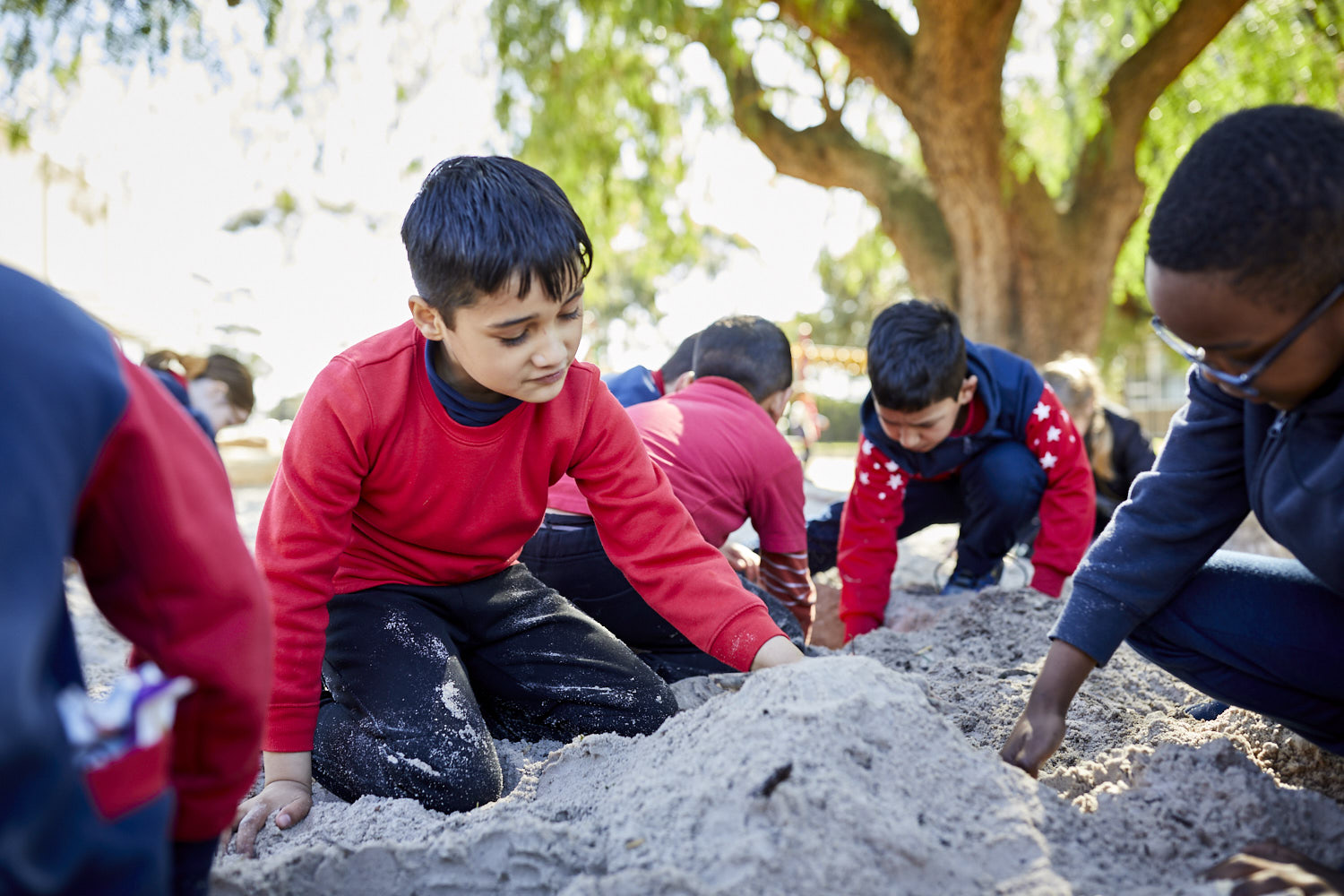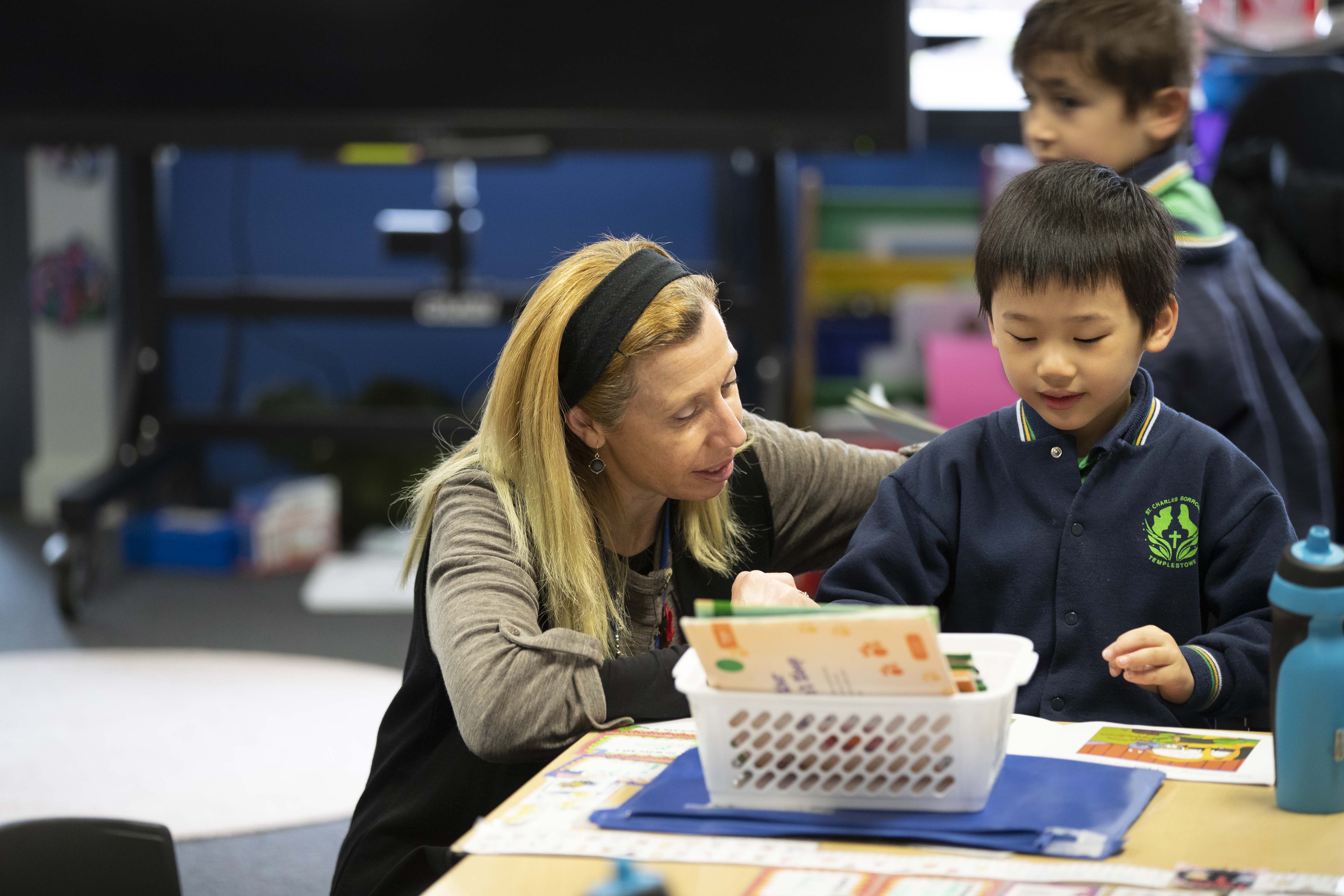On this page
Download this Fact Sheet:
Fact Sheet: What schools can do about bullying (722.6 KB, PDF)
Whole-school strategies
Whole-school strategies can help prevent and address bullying
Whole school approaches that are consistent, inclusive and embedded in everyday interactions can help address and prevent bullying. These include things like sending clear, anti-bullying messages, building social and emotional skills, fostering resilience, and promoting healthy relationships. These approaches work best when supported by a positive, respectful and inclusive school culture where students feel valued and included.
Key factors linked to lower levels of bullying and improved student wellbeing
- Safety and wellbeing are clear school priorities that are actively modelled and communicated regularly and clearly throughout the learning community.
- Schools have specific anti-bullying strategies in place (for example, safe and friendly student committees).
- Evidence-based whole-school behaviour management systems are applied consistently in the classroom.
- School staff understand their duty of care to ensure the safety of their students and have sufficient training to feel confident in helping to prevent and respond to bullying.
- Most students feel connected to their school.
- Students are supported to build social and emotional skills and resilience through positive relationships and learning opportunities.
- There are clear expectations and consistent responses to bullying and aggression.
- Students perceive that their school has clear support, safety and responses in place to address bullying.
- Students perceive that educators in the school actively care about and promote student wellbeing.
- The culture of the school is positive, caring, respectful and supportive. This includes positive relationships between peers, and positive student relationships with educators.
Role modelling
The relationships and social behaviour of adults in the learning community can have a significant influence on students who are continuing to develop relationship skills. When you model positive, respectful and inclusive behaviours, students are more likely to act in these ways.
Safety and supervision
Active classroom and playground supervision is crucial for catching incidents at early stages, responding to inappropriate or disrespectful language or behaviour, and for sending clear messages to students about expectations. The school’s physical environment is also important in terms of the places where students feel safe.
Bullying in secondary schools often occurs in the corridor or in the class and during competitive activities. Anti-bullying initiatives need to take this into account when developing strategies.
Cyberbullying
Students may be involved in online bullying behaviours via the internet i.e., social media. This can make it harder for educators to know it’s happening.
It’s important to have policies and procedures in place to manage cyberbullying and build the skills of the whole school community. Learn more about cyberbullying at the Office of the eSafety Commissioner.
Review your policies and procedures
Reviewing your current policies and practices will help you determine what’s working and what’s not. What you learn will help develop and improve your school’s policies and procedures on bullying.
Be You Professional Learning
The Mentally Healthy Communities domain includes modules that look at promoting a positive school culture that will encourage inclusion, respectful relationships and valuing diversity.
Working with families
Families play a significant role in influencing their children and young person, and modelling positive behaviours.
Schools and families can work together to teach social and emotional skills that promote healthy relationships. Educators can play a role in helping families understand the risks associated with bullying and what they can do to help prevent it.
By working in partnership with families, schools can help to build knowledge and understanding about the importance of family involvement within the school community, sharing strategies to promote good relationships and communicating school approaches to addressing bullying.
How can schools work productively with families to tackle issues of bullying?
Be You’s Family Partnerships domain helps educators understand how to work effectively, sensitively and confidentially with families to foster the mental health of children and young people. The Inquire module explores topics like communicating and sharing concerns with families.
When students are supported to develop respectful peer and adult relationships, respect and embrace diversity, and understand their own feelings and needs as well as those of others, the risk of conflict and relationship problems escalating into bullying behaviour can be reduced.
Effectively addressing bullying and supporting children and young people’s wellbeing often requires sustained, long-term commitment. While immediate actions are important, meaningful change often comes through whole-school strategies.
-
External links
-
Bibliography
Byers, D.L., Caltabiano, N.J., & Caltabiano, M.L. (2011). Teachers’ attitudes toward overt and covert bullying, and perceived efficacy to intervene. Australian Journal of Teacher Education, 36(11), 105-119.
Collaborative for Academic, Social, and Emotional Learning (CASEL) and Social and Emotional Learning Research Group. (2009). Social and Emotional Learning and Bullying Prevention.
Cross, D., Shaw, T., Hearn, L., Epstein, M., Monks, H., Lester, L., & Thomas, L. 2009. Australian Covert Bullying Prevalence Study (ACBPS). Child Health Promotion Research Centre, Edith Cowan University, Perth.
Bullot A., Cave, L., Fildes, J., Hall, S. and Plummer, J. 2017, Mission Australia’s 2017 Youth Survey Report, Mission Australia.
Konishi, C., Hymel, S., Zumbo, B. D. and Li Z. (2010) ‘Do school bullying and student-teacher relations matter for academic achievement?: A Multilevel Analysis’, Canadian Journal of School Psychology, Vol.25, pp.19-39.Lodge, J. (2008). Working with families concerned with school based-bullying. Australian Family Relationships Clearinghouse Briefing, 11, 1-9.
McGrath, H. & Noble, T. (2018) (3rd ed), BOUNCE BACK! A Positive Education Approach to Wellbeing, Resilience & Social–emotional Learning, Pearson Education, Melbourne (3 volumes: Level 1(Years F-2), Level 2 (Yrs 3-4) a& Level 3 (Years 5-6) + online interactive whiteboard materials)McGrath, H. & Noble, T. (2018). Bounce Back! A positive education approach to enhancing wellbeing, resilience and social-emotional learning in the primary years. Scan,37(3). Retrieved from https://education.nsw.gov.au/teaching-and-learning/professional-learning/scan/past-issues/vol-37/bounce-back!-a-positive-education-approach
Rigby, K , (2010) Bullying interventions in schools: Six major methods. Camberwell: ACER.
Ronning, J. A., Sourander, A., Kumpulainen, K., Tamminen, T., Niemela, S., Moilanen, I., et al. (2009). Cross-informant agreement about bullying and victimization among eight year olds: Whose information best predicts psychiatric caseness 10-15 years later? Social Psychiatry & Psychiatric Epidemiology, 44(1), 15-22.
Spears, B., Keeley, M., Bates, S., & Katz. I. (2014). Research on youth exposure to, and management of, cyberbullying incidents in Australia: Part A – Literature review on the estimated prevalence of cyberbullying involving Australian minors (SPRC Report 9/2014). Sydney: Social Policy Research Centre, UNSW Australia.
Spears, B., Taddeo, C., Daly, A.L., Stretton, A. & Karklins, L.T. (2015). Cyberbullying, help-seeking and mental health in young Australians: implications for public health. International Journal of Public Health, Vol. 60(2), 219–226.
Ttofi, M.M., Farrington, D.P., & Lösel, F. (2012). School bullying as a predictor of offending and violence in later life: A systematic review of prospective longitudinal studies. In. Bernal, A.O., Jimenez, S.Y., & Smith, P.K. (Eds.), School bullying and violence: International Perspectives. Madrid, Spain: Biblioteca Nueva.
Van Geel, M., Vedder, P. & Tanilon, J. (2014). Relationship between peer victimization, cyberbullying, and suicide in children and adolescents: a meta-analysis. Journal of American Medical Association Paediatrics, 168(5): 435–42.


